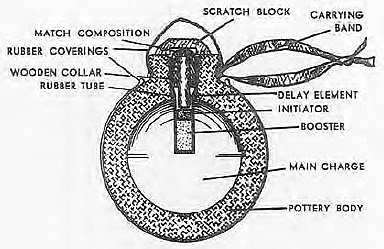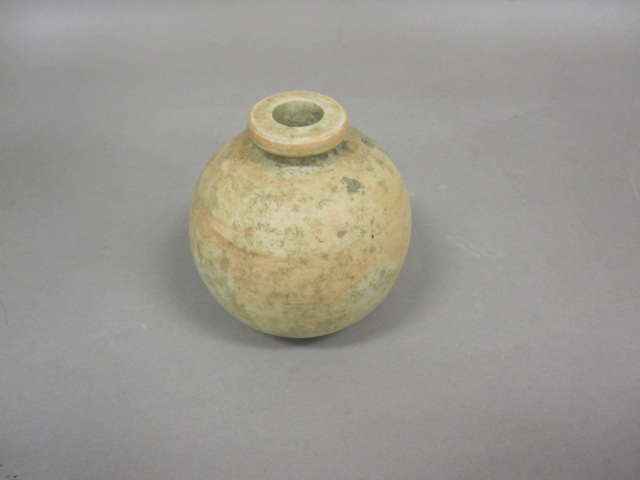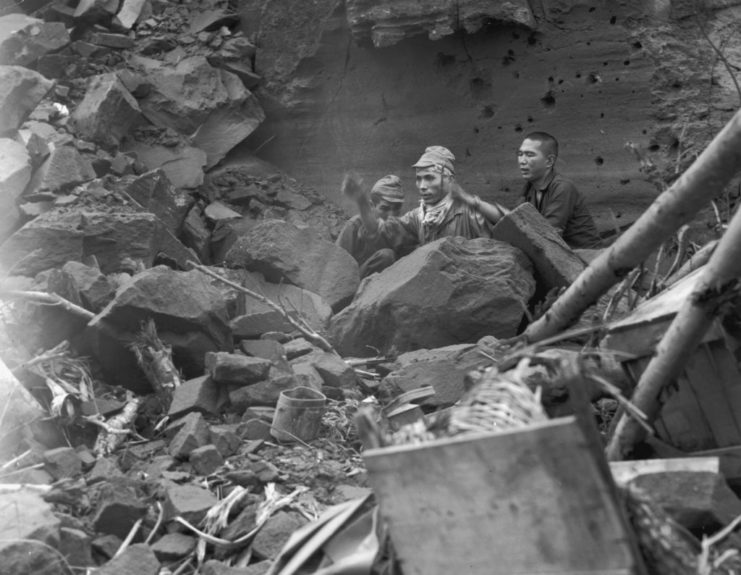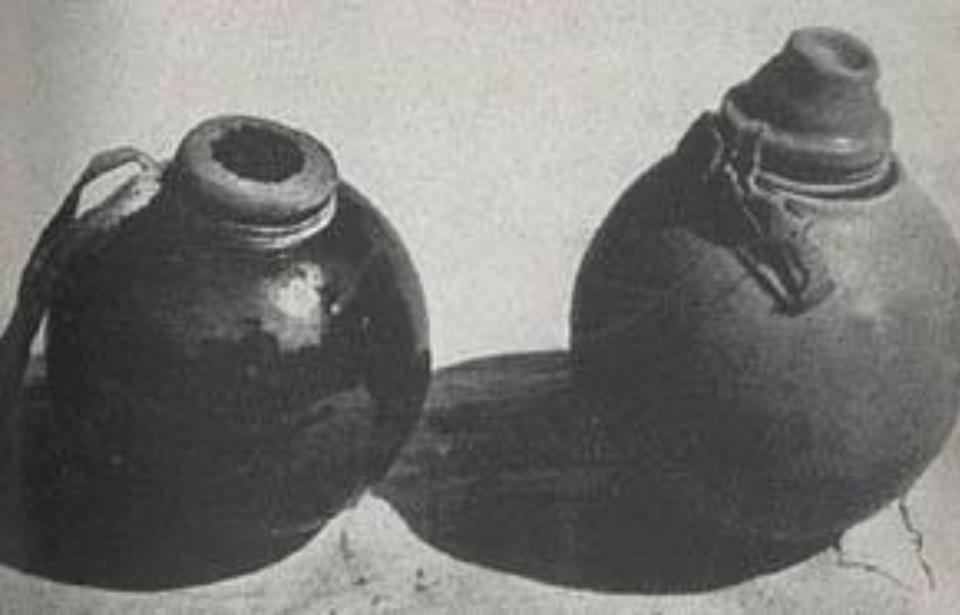As the Second World War drew to a close, the Japanese were in a difficult position. By 1944-45, most of their industrial buildings had been destroyed by the Allied forces, and materials were getting harder to import because of the war waging at sea. They knew that, if the Allies invaded, they wouldn’t be able to produce the number of traditional hand grenades needed to defend themselves, leading to the creation of the Type 4 Grenade.
Designing the Type 4 Grenade
The Imperial Japanese Navy Technical Bureau was tasked with designing a grenade that could be produced cheaply and with easily accessible materials. The decision was made to fashion the grenade out of ceramic or porcelain, which meant kilns used to make pottery prior to the war could be repurposed.

Since each kiln was designed to make a different kind of pottery, the grenades varied in shape, size and color, depending on where they were produced. The average size was three inches in diameter, and most were either tan or brown, with some white grenades being produced. The body of the explosive was shaped into a sphere, which came up into a bottle neck at the top.
An explosive weapon
The Type 4 Grenade had a five-second length fuse, with a blasting cap crimped onto it. A rubber cap covered it and the neck. On the outer end of the fuse was a match-head composition, and inside was a loose wooden block with an abrasive composition.

There was very little fragmentation produced when the Type 4 Grenade detonated, and the explosive was viewed primarily as a concussive weapon. While the grenade could kill its target, it rarely did. Instead, it stunned them, allowing the user to move in to finish the kill while the target was incapacitated.
Use of the Type 4 Grenade in combat
Despite their relatively crude construction, Type 4 Grenades were distributed widely during the final years of the Second World War. They were given to many home front forces, in the event the Allies invaded Japan. The Yokusan Sonendan, an elite paramilitary youth group; the Volunteer Fighting Corps; civil defense organizations; and reservist groups received them.
The grenades were also given to Japanese troops on the frontlines and were used in some of the most well-known battles of the Pacific War, notably the battles of Iwo Jima and Okinawa. The main issue with the Type 4 Grenade was that, if it hit a hard object other than its target before detonation, it would simply shatter.

More from us: Six Things War Movies Get Wrong About Grenades
Although the Type 4 Grenade wasn’t the weapon to win the war, it was a clever way for the Japanese to use the materials and infrastructure they readily had on hand. They were able to create explosives that worked in combat, and could supply them on a large enough scale to outfit both their volunteer forces and military troops.
